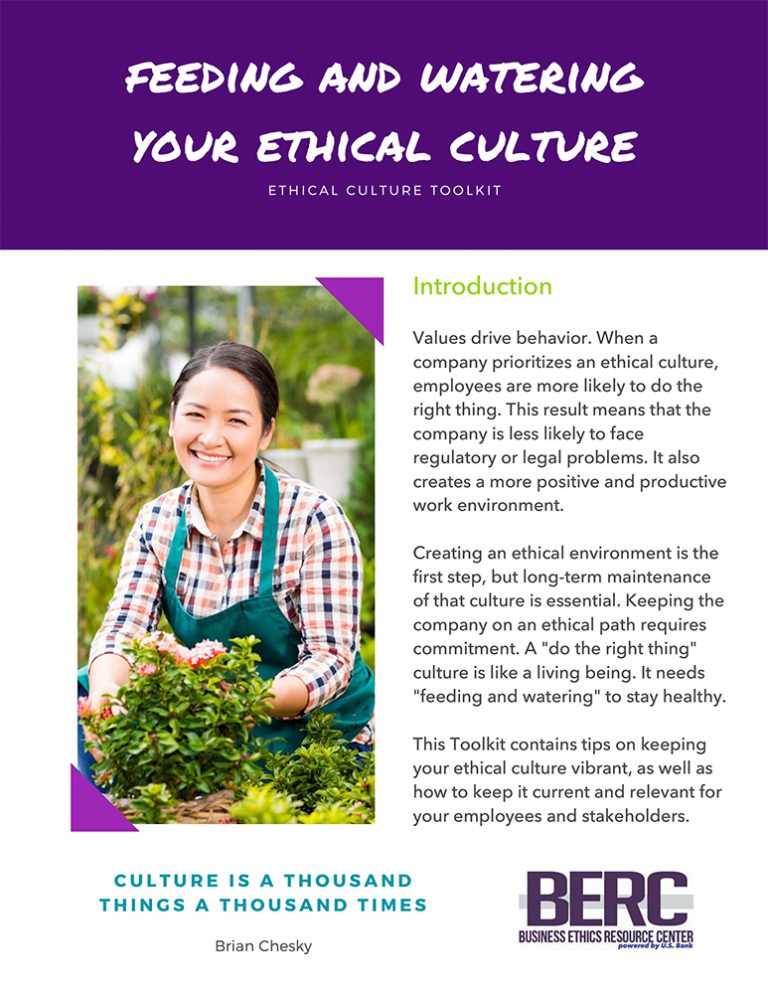
As vaccines roll out, recipients look forward to reconnecting with family and friends. But as vaccinations reach more working adults, business leaders need a plan to bring virtual staff back to work safely.
No one wants their facility re-opening to be a super-spreader event. Informed and pre-planned safety should guide your planning. While vaccination gives strong protection, it does not appear to be 100% effective. Further, research suggests that vaccinated people may be able to carry and spread COVID-19 to the unvaccinated. With that in mind, make a plan that will:
- Comply with local requirements.
Each state has its own pandemic rules that must be followed. Some states have more robust requirements than others, but even less restrictive mandates can provide a basic threshold for your overall plan. The Centers for Disease Control guidelines should be another baseline.
- Track and protect safety—and privacy.
Federal laws protect the health information of employees, while other laws require employers to provide a safe workplace. The EEOC bridged these requirements by allowing employers to require coronavirus testing in certain circumstances. Be careful to follow the EEOC guidance completely; here is a good summary.
Newer guidance addresses whether employers can require vaccinations. While worth consideration, vaccination requirements are complicated by a variety of issues. Read more here.
If an employee reports that they have been exposed or infected, do not share their health status with others. But you can jointly determine who the employee has been near so those workers can work from home until a clear test.
- Maintain hygiene.
As new virus variants arise, it’s important to maintain basic health standards. Keep workers six feet apart (you may need to reorganize space), post signs about hand washing, and make hand sanitizer widely available. And, of course, masking is still a best practice.
Hygienic habits are especially important if clients, customers, or guests will visit the workplace. Without precautions, your business could infect valued customers. That’s not a good look for any company.
- Consider shared items.
Think about how people use and share items in the workplace in normal circumstances. You may want to treat tools, phones, or computers as strictly single-user items, or require thorough wipe-downs between users.
- Include the infrastructure.
The EPA has information on filtration for COVID-19. As the EPA notes, filtration alone is inadequate to stop transmission, but it can help when coordinated with other safety efforts. In leased space, find out what type of filters are in use and how often they are changed. Is it adequate for healthy ventilation? If you own your space, consider having an HVAC or environmental inspection to check air quality and turnover.
- Stick to the science.
In your communications with employees, emphasize solidly supported information that aligns with your safety efforts. Update your processes as the CDC and state government change their instructions to meet the challenge.
- Destigmatize sick days.
In some workplaces, “playing hurt” is a badge of honor. But you do not want someone who is suffering from or exposed to COVID-19 to work around you or other employees. Allow workers to take sick days without question, or to pivot back to working from home. Use CDC guidelines and possible testing to determine safe return dates. While some may abuse this option, the potential danger outbalances that risk.
A new federal law entitled the Families First Coronavirus Response Act expands paid sick time and family emergency leave. If you have fewer than 500 employees, your business may be covered by these new requirements; however, if you have fewer than 50 employees, your company may qualify for an exemption if the provisions would threaten the viability of the business.
Photo by Anna Shvets from Pexels



Recent Comments